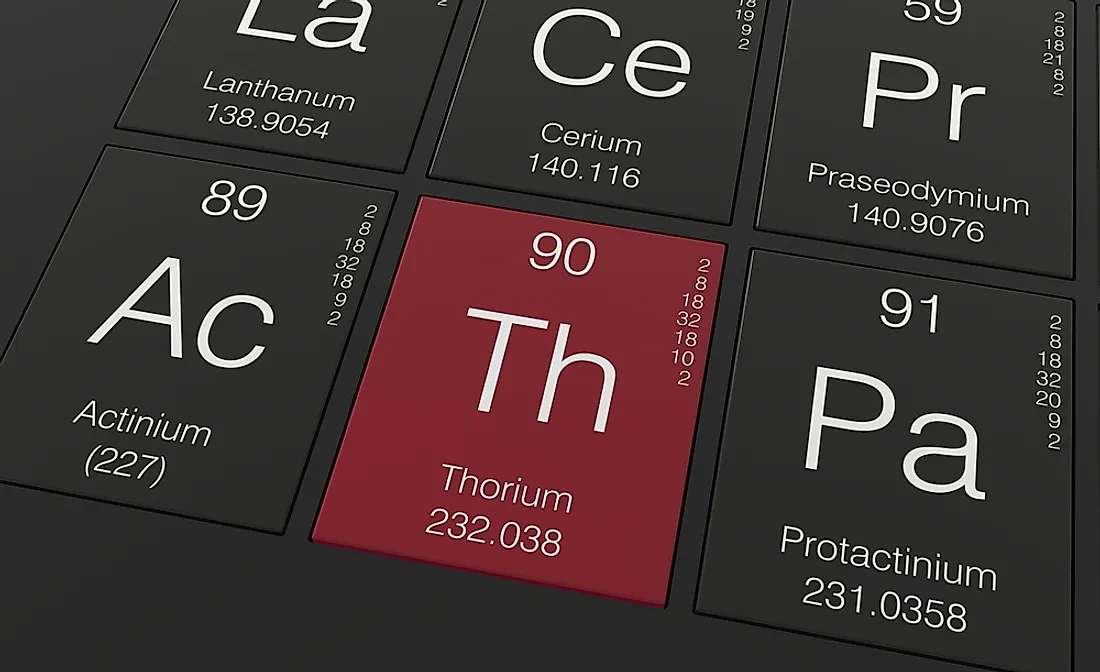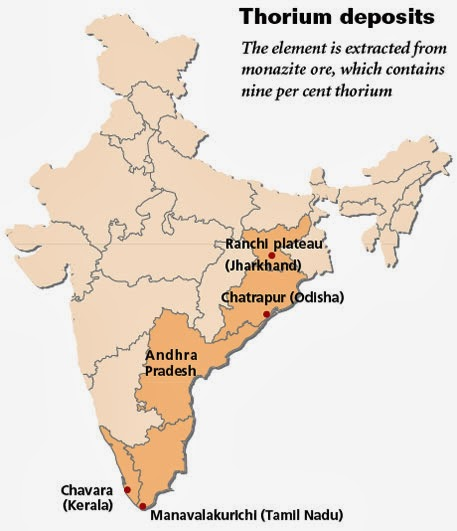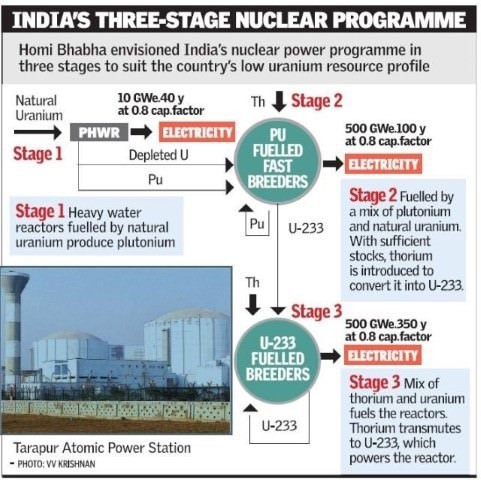Free Courses Sale ends Soon, Get It Now


Free Courses Sale ends Soon, Get It Now



Copyright infringement not intended
Picture Courtesy: https://www.worldatlas.com/articles/list-of-countries-by-thorium-reserves.html
Context: India's thorium-rich deposits in Kerala and Odisha are essential for an indigenous nuclear power program.
Thorium
Thorium Reserves in India

Thorium in Nuclear Energy
Three-Stage Nuclear Power Programme
International Landscape
India's Collaborations
What are the Challenges?

India has taken several steps to leverage its thorium reserves:
Future Outlook
Conclusion
Must Read Articles:
India’s Nuclear Power Programme
Source:
|
PRACTICE QUESTION Q. The cost of building and maintaining nuclear power plants can be significant. The price of renewable energy sources like solar and wind is constantly decreasing. How to ensure that nuclear power remains economically competitive in a constantly evolving energy market? |
© 2024 iasgyan. All right reserved